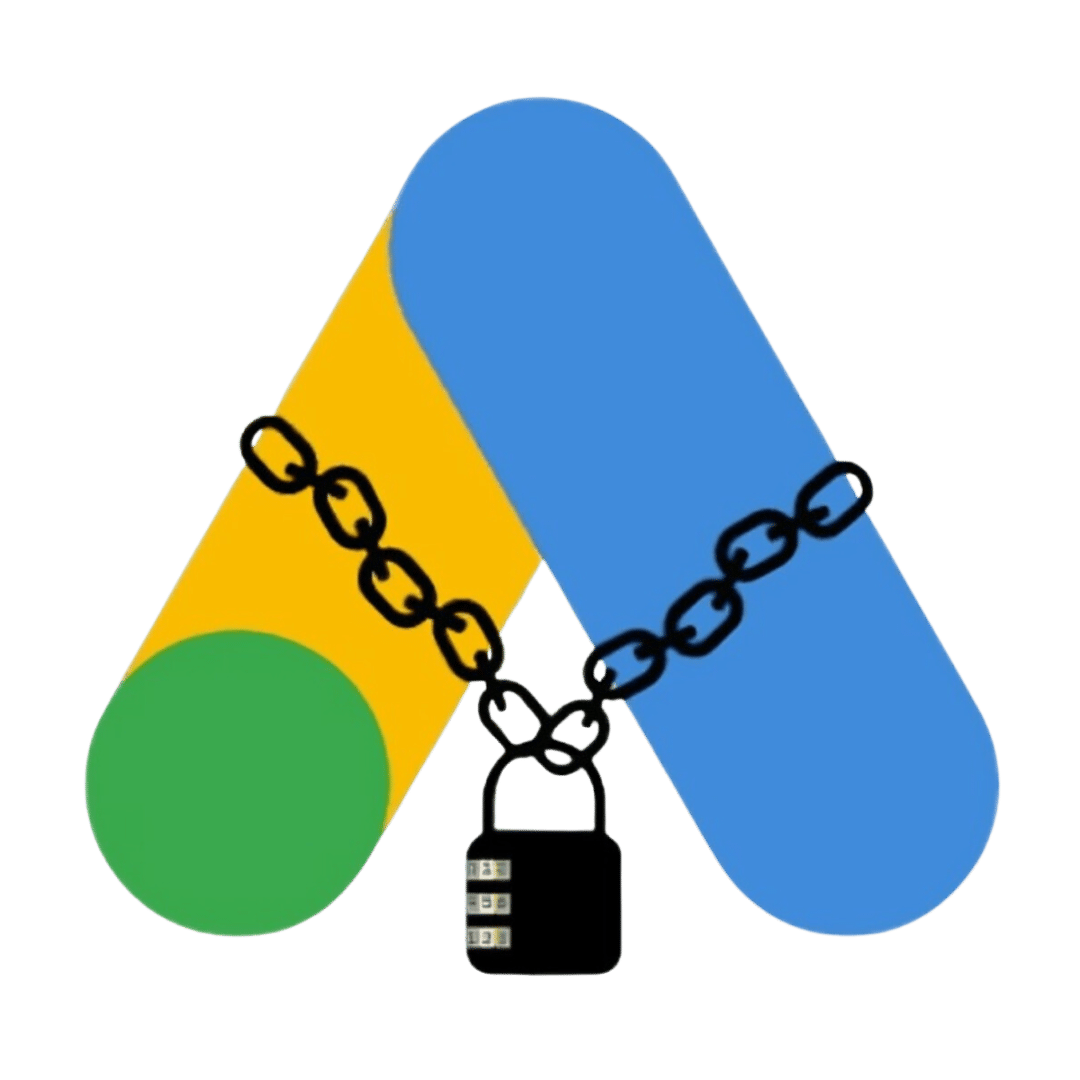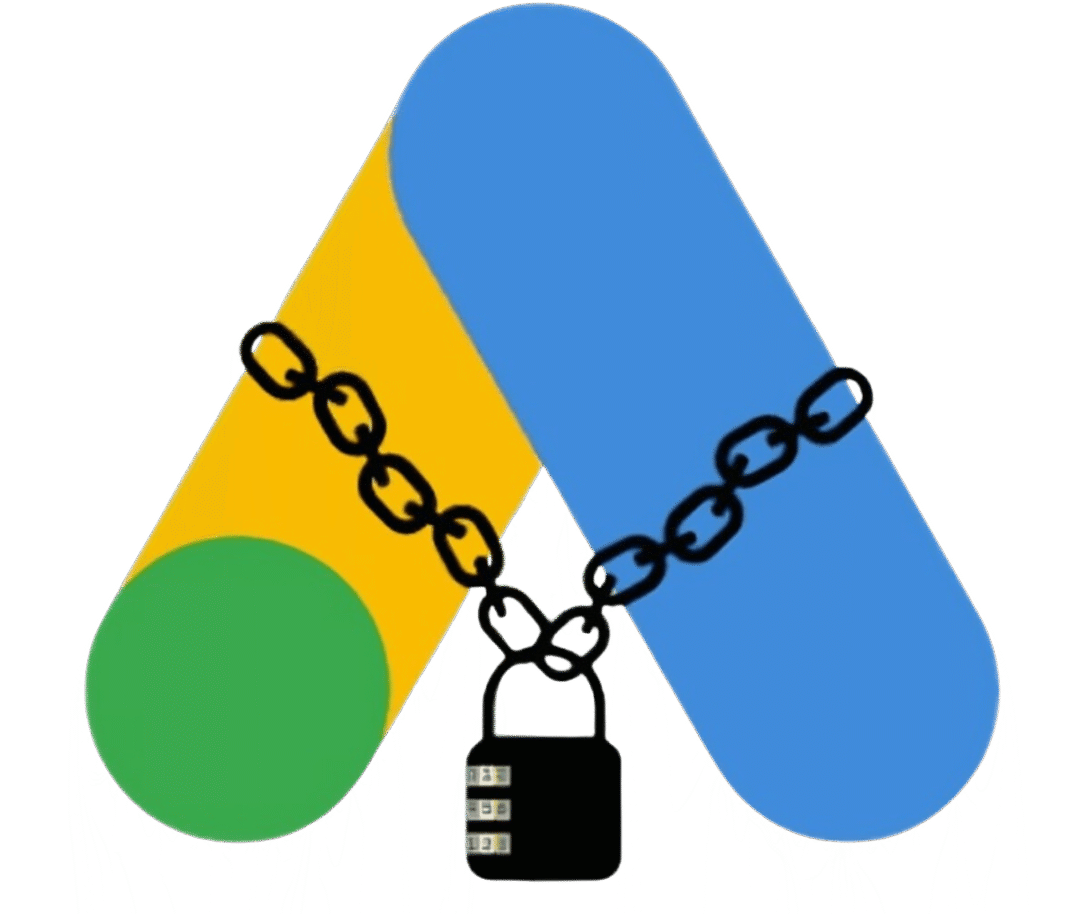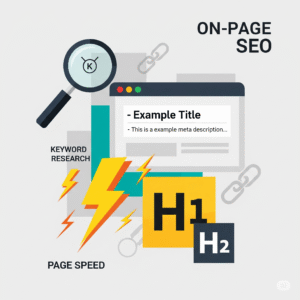What Is On-Page SEO? Simple Steps for Beginners
On-Page SEO is the key. It’s all about optimizing the elements within your website
so search engines like Google can better understand your content and rank it higher.
Whether you run a personal blog, an eCommerce store, or a business site, mastering on-page SEO
ensures that your audience finds you when searching online.In this beginner-friendly guide, you’ll learn what On-Page SEO is, why it matters,
the exact steps to optimize your website, common mistakes to avoid,
and see a real-world example of successful optimization in action.
What Is On-Page SEO?
On-Page SEO refers to all the techniques you apply directly on your website to improve its visibility in search engines. Unlike Off-Page SEO (which focuses on backlinks and external promotion), On-Page SEO is fully under your control.
- Optimizing titles and headings
- Using target keywords naturally
- Improving page speed and mobile-friendliness
- Adding meta descriptions
- Structuring content with internal links

Think of On-Page SEO as polishing your house before inviting guests—you make it neat, clear,
and easy to navigate so visitors (and Google) feel welcome.
Simple Steps to Optimize Your Site
- Use Keyword-Rich Titles – Place your main keyword at the start of your title.
- Write Compelling Meta Descriptions – Keep them between 150–160 characters.
- Use H1, H2, and H3 Headings – Structure content logically for both readers and search engines.
- Optimize Images – Use descriptive filenames and ALT text.
- Improve Page Speed – Compress images and use caching plugins.
- Make Content Easy to Read – Short sentences, bullet points, and plenty of white space.
- Add Internal Links – Guide readers to other relevant pages on your site.
- Ensure Mobile-Friendly Design – Most searches happen on phones.
Pro Tip: Always write for humans first and search engines second.
Great content keeps readers engaged, which Google loves.
Common Mistakes & Advanced Tips
- ❌ Keyword Stuffing – Overusing keywords makes content unnatural.
- ❌ Ignoring Mobile – Google prioritizes mobile-first indexing.
- ❌ Weak Internal Linking – Missing opportunities to keep visitors engaged.
- ❌ Missing Alt Text – Search engines can’t “see” images, so use ALT tags.
✅ Advanced Tip: Use LSI (Latent Semantic Indexing) keywords—related terms and phrases—to strengthen your topic relevance. For example, if your main keyword is On-Page SEO, include terms like SEO optimization, search engine ranking, and website traffic.
Case Study: On-Page SEO in Action
A small online bakery optimized their product pages by:
- Adding descriptive titles (e.g., “Gluten-Free Chocolate Cake | Freshly Baked”)
- Writing unique meta descriptions
- Adding alt text to product images
- Improving page loading speed
Result: Their website traffic increased by 70% in three months, and online orders doubled.
Conclusion
On-Page SEO is the foundation of a strong digital presence. By optimizing your titles, meta descriptions, content structure, and technical elements, you make your site more attractive to both visitors and search engines.
Start today by applying these beginner-friendly steps to avoid common mistakes and watch your website climb the search results. Or, simply reach out to us.



